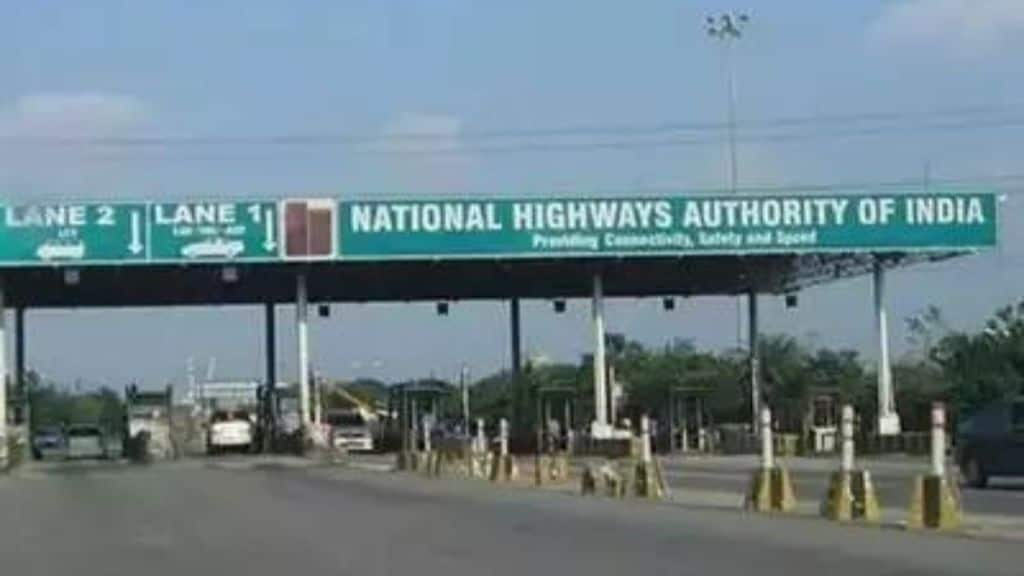India’s glaring infrastructure deficit has been addressed with much greater efficiency and resolve over the last decade. Even though the government has had to rely primarily and increasingly on taxpayer monies to finance projects, the investment tempo has been retained in the recent years. However, the infrastructure sectors which require annual investments to the tune of Rs 30-35 trillion at the current level of the nominal GDP to avoid a slippage are now faced with fresh challenges on multiple fronts.
First, the financing strategy is at a crossroads again. With a contingency plan to retire humongous debts piled up over the years, the National Highways Authority of India (NHAI) and Indian Railways (IR) had to put a lid on fresh market borrowings effective FY22, and would need to stay away from the market for another few years. Union Budget is the main recourse for both these entities now, though they do strive to maximise receipts through monetisation (long-term leasing out) of operational assets. The NHAI is achieving reasonable success in this, but IR is lagging.
Secondly, with the recent spate of news about newly built bridges coming apart, expressways developing cracks, and airport roofs crashing down, serious questions have been raised about the quality of the facilities being built. The third challenge is a perennial one with large projects in India — huge delays in execution inflating costs and denting viability. The Pragati interactive portal, set up in 2015, showed an initial promise in resolving the grievances related to projects, but has since lost much of its traction. Of 1,873 projects, each with investments of Rs 150 crore or more, monitored by the ministry of statistics and programme implementation, 449 have seen cost escalation, and 779 are delayed. With the current level of cost overruns, this set of projects itself would now require a staggering `5 trillion more than the sanctioned costs for completion, and the clock is ticking.
The fact is despite the government’s best efforts, private players have remained aloof towards long-gestation infrastructure projects. Large corporate houses would limit their exposure to a clutch of sectors, where they are more confident of fetching remunerative returns on investments. They are seemingly ready to punt on renewable energy, seaport services, telecom, airports, and lately, power transmission and captive coal projects, but would still stay away from railway and highway segments, and also thermal power ventures. The new institutional structures put in place to bridge the financing gap like the development financial institution unveiled in Budget FY22, and quasi-sovereign wealth fund (National Investment and Infrastructure Fund) set up in 2015, are yet to muster the required capacity to dovetail finances. Global patient capital seems content with only brownfield infra assets. Financing constraints are already visible on the ground, with the slowing of highway construction pace, and the minimal 2% rise projected for railway capex growth for FY25, versus 28% in FY24.
The government must devise and implement a contingent plan to keep up the pace of infrastructure creation; in areas like railways, where the open-access model to lure private investors hasn’t been a big success even in many European countries, public investments must remain robust. In other areas, including highways and expressways and where investor interest is already forthcoming, the concession agreements must be sweetened further. Proceeds of monetisation should be re-deployed with higher efficiency. Efforts to cut delays must be institutionalised.


